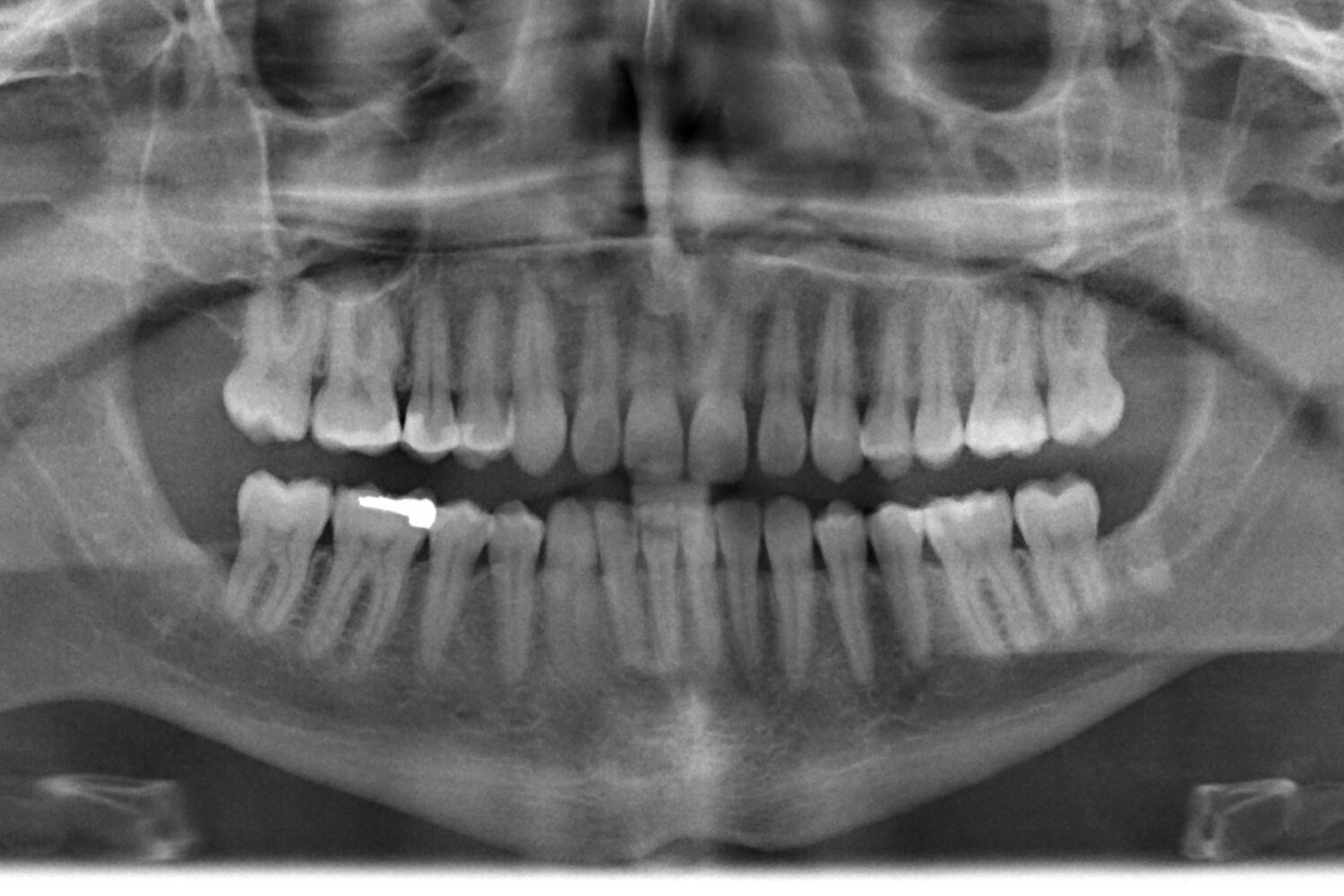Water fluoridation, once lauded as a cornerstone of public health, is facing renewed scrutiny. While it’s long been known to prevent tooth decay, especially in children, a recent review suggests its impact may be less significant today than it was decades ago.
This shift is primarily attributed to the widespread availability of fluoride toothpaste, which has become a staple in oral hygiene routines since the 1970s. Before fluoride toothpaste became commonplace, adding fluoride to public water supplies was a critical step in combating cavities. Now, with fluoride readily available in other forms, the added benefit of fluoridated water appears to be diminishing.
Examining the Evidence: A Shift in Effectiveness
The Cochrane Library, a renowned research organization, recently conducted a comprehensive review of studies on community water fluoridation programs. Their analysis, focusing on the impact of these programs on cavity risk, distinguished between studies conducted before and after 1975 – the turning point for fluoride toothpaste adoption.
The findings reveal that contemporary water fluoridation programs still offer some benefits, particularly for children. There’s evidence suggesting slightly reduced decay in baby teeth and a marginally higher number of children completely cavity-free. However, these effects are noticeably smaller than those observed before 1975.
The Changing Landscape of Oral Health
Tanya Walsh, a professor of health care evaluation at the University of Manchester and author of the review, notes that this decline in effectiveness is supported by various research methodologies. While fluoridated water still holds some value, it’s essential to acknowledge the changing context of oral health.
It’s important to note that the studies included in the Cochrane review primarily focused on high-income countries. In many regions of the world, tooth decay remains prevalent, and access to fluoride toothpaste and other preventative measures is limited. In these areas, implementing water fluoridation programs could still yield significant improvements in oral health.
Re-evaluating Risks and Benefits
Given the evolving understanding of water fluoridation’s impact, experts emphasize the need for ongoing evaluation. The balance of risks and benefits, particularly for new programs, should be carefully considered, especially in areas with adequate access to alternative fluoride sources.
As Walsh points out, oral health inequalities remain a pressing public health concern. While water fluoridation is one approach, it’s not necessarily the optimal solution for all populations. A comprehensive approach, tailored to specific community needs, is essential for addressing these disparities effectively.
Beyond Fluoridation: A Holistic Approach
Previous research has highlighted potential risks associated with excessive fluoride exposure, including dental fluorosis (tooth discoloration) in young children. More recent studies have explored possible links between fluoride and kidney health in adolescents, and even neurobehavioral development in children exposed to higher levels of fluoride in utero. It’s crucial to acknowledge these potential risks while also recognizing the benefits fluoride has historically provided.
Ultimately, this evolving understanding of water fluoridation underscores the dynamic nature of scientific research and public health interventions. Adapting to new evidence and refining our approaches is paramount to ensuring optimal health outcomes. While water fluoridation’s role may be shifting, its historical significance in improving oral health remains undeniable. Moving forward, a more nuanced and tailored approach to oral health, considering a range of preventative strategies, will be essential for promoting healthy smiles worldwide.











